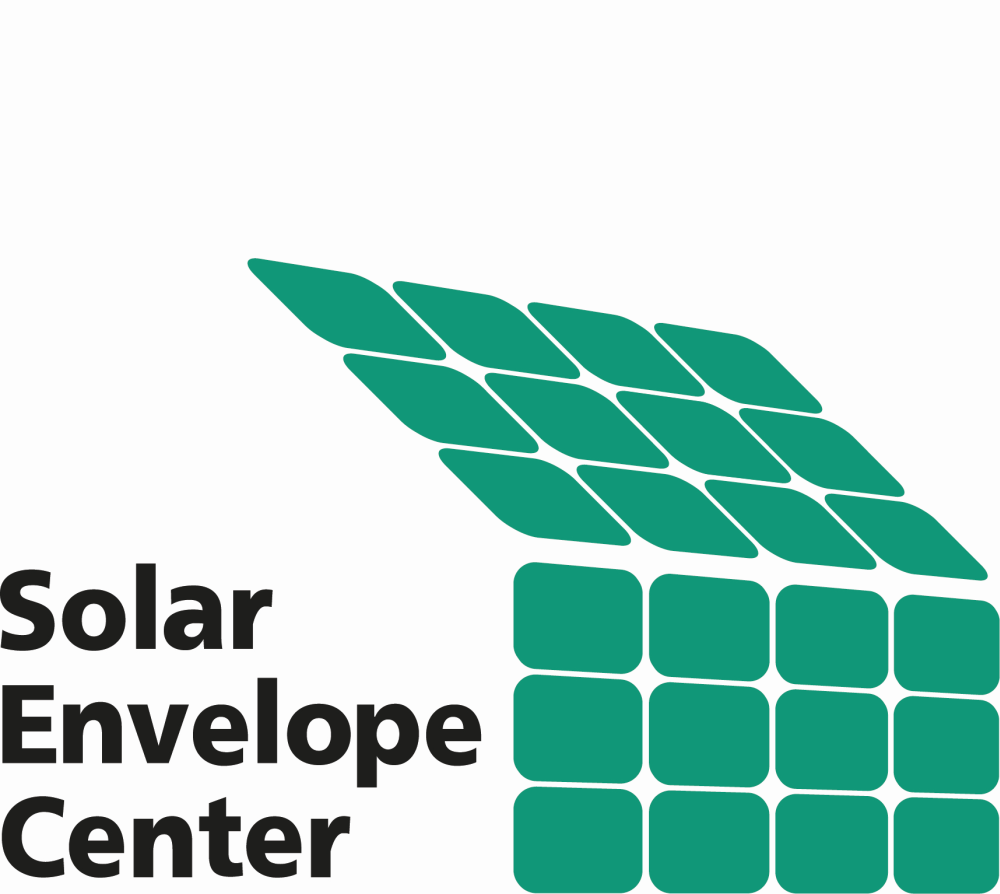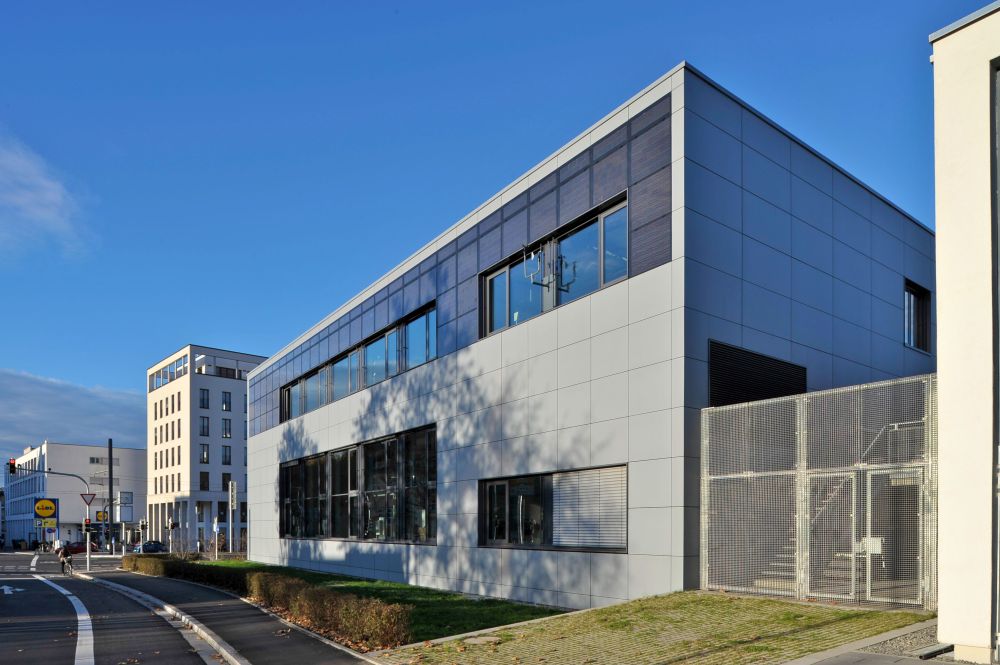| Duration: | 01/2023 - 12/2025 |
| Contracting Authority/ Sponsors: | German Federal Ministry of Economic Affairs and Climate Action (BMWK) |
| Project Partners: |
|
| Project Focus: |
SolarEnvelopeCenter – Planning Support for the Solarization of the Building Envelope in New and Existing Buildings



In the project, technically, economically and architecturally advantageous basic or standard solutions to solarize the building envelope are developed and made available digitally. The solutions are made available to all interested parties.
Experts from the fields of architecture, planning, project development and component manufacturing are increasingly confronted with the demand for a balanced CO2 balance of a building, to be achived by the integration of PV into the roof and façade. However, high planning costs and a lack of experience in the field of BIPV often prevent the realization of such goals. Uncertainties regarding the interdisciplinary technological, planning and building regulations issues and interfaces make planning more difficult. Despite this, ambitious targets are often expected to be met in the early service phases - even in the competition phase - although detailed planning does not take place until later. Planners are faced with recurring questions, trade-offs and fundamental decisions:
- What has priority: aesthetics, cost-effectiveness or energy yield?
- What happens with the generated electricity? (self-consumption, feed-in, cooperation with neighbors)
- Is land required for storage units and cables?
- Determination of costs and income: Is the measure economically viable?
- Which areas can and should be covered with PV?
- Can the aesthetic appearance be visualized and communicated to those involved in the decision-making process?
- Who should be involved in the construction and planning process and when?
- Can the desired design be planned/tendered independently of products and manufacturers?
- (How) Does a desired solution function in terms of design and standards?
These and other questions are being addressed as part of the joint project SolarEnvelopeCenter, which is funded by the German Federal Ministry for Economics and Climate Action (BMWK) and has been running since the beginning of 2023.
Specifically, the project will develop technically, economically and architecturally advantageous solutions for the use of PV on buildings. No final »design« is provided, but rather standardized BIPV »normal solutions«. This makes it possible to fall back on technically feasible solutions that meet the required normative and electrotechnical requirements. These standard solutions can be visualized by architects, planners and solar experts for decision-makers at an early stage and further elaborated in the course of the construction project. The involvement of manufacturers ensures practicability and feasibility. In order to alleviate the shortage of skilled workers, solar specialists are addressed in training courses. Digital models are to be prepared for a new industry standard. Participation in the ISO/IEC Joint Working Group 11 on BIPV and in the relevant DKE committees will ensure that the approaches are incorporated into standardization and thus made generally accessible to the public.